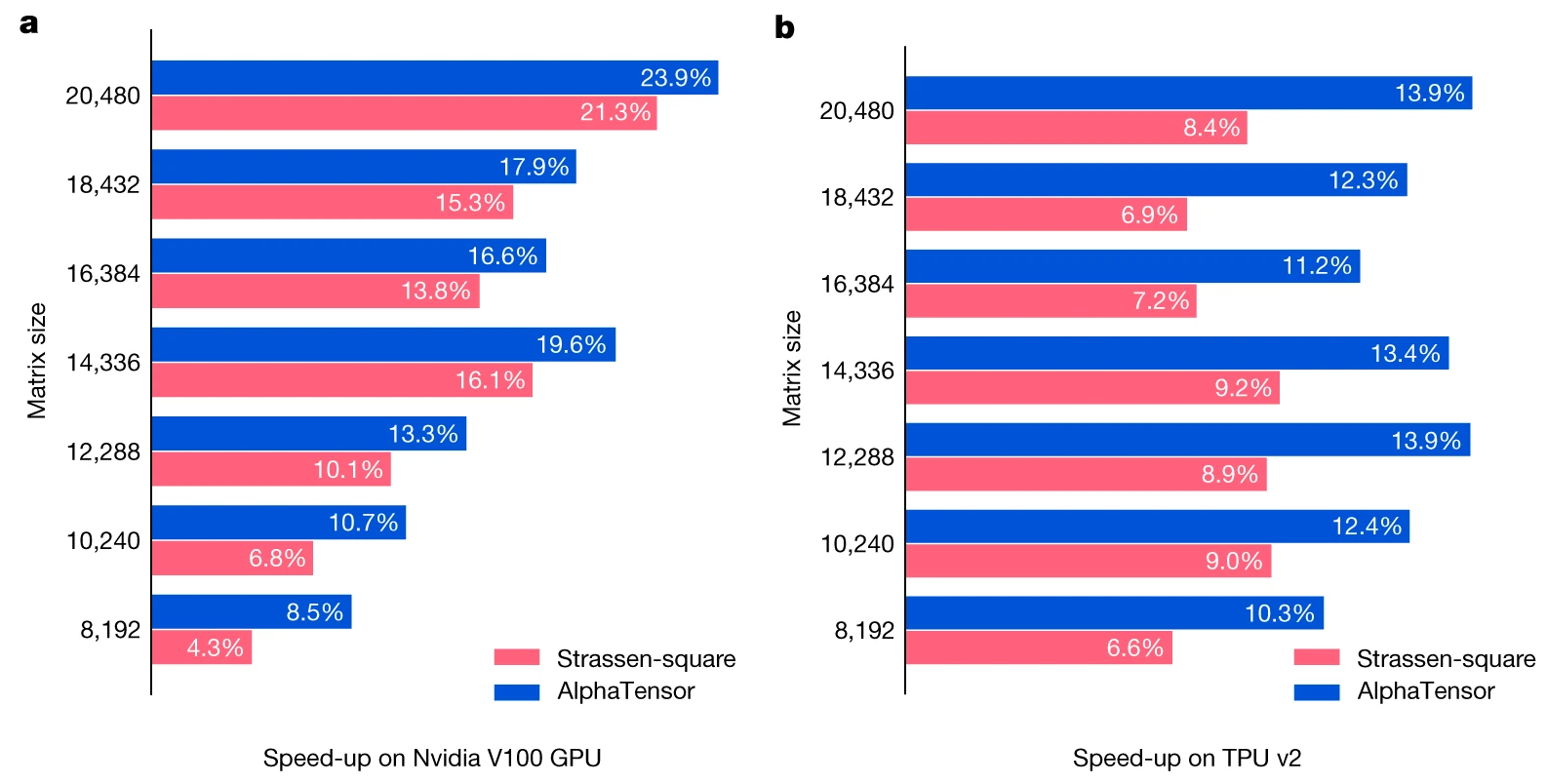Primer talk on
Shaping the Future of Science
AI, Ethics, and Scientific Research
Julian C. Schäfer-Zimmermann
Max Planck Institute of Animal Behavior
Department for the Ecology of Animal Societies
Communication and Collective Movement (CoCoMo) Group

This talk is about
- The driving mechanism behind the recent AI advances
- Chances, limitations, costs, and biases of AI
- AI in science and science with AI
- The immediate future
Context is important
What is the next word?

Until 2017, natural language processing models only looked
at the very recent past to predict the future.
Enter: Attention is al you need by Vaswani et al. (Google Deepmind)


An example
”The animal didn't cross the street because it was too tired”
”The animal didn't cross the street because it was too tired”
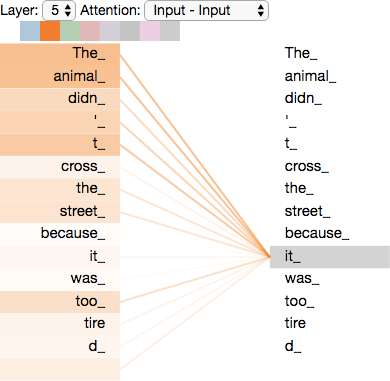
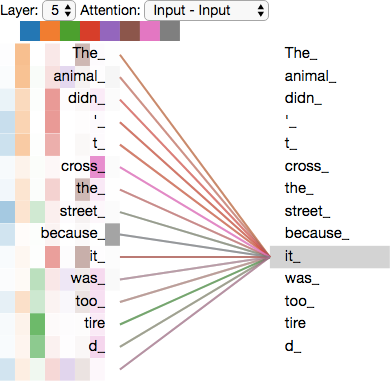
This comes at a cost

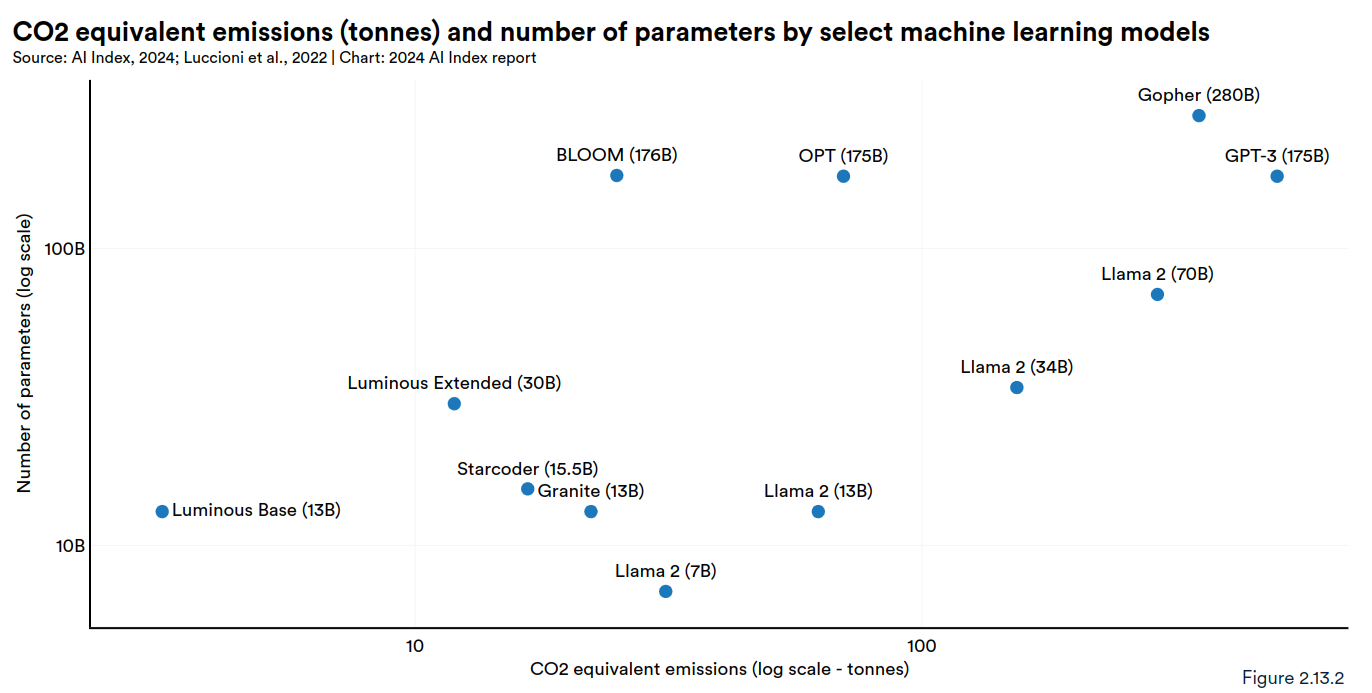
Perrault, Ray, and Jack Clark. "Artificial Intelligence Index Report 2024." (2024)
AI now outperforms humans in many tasks
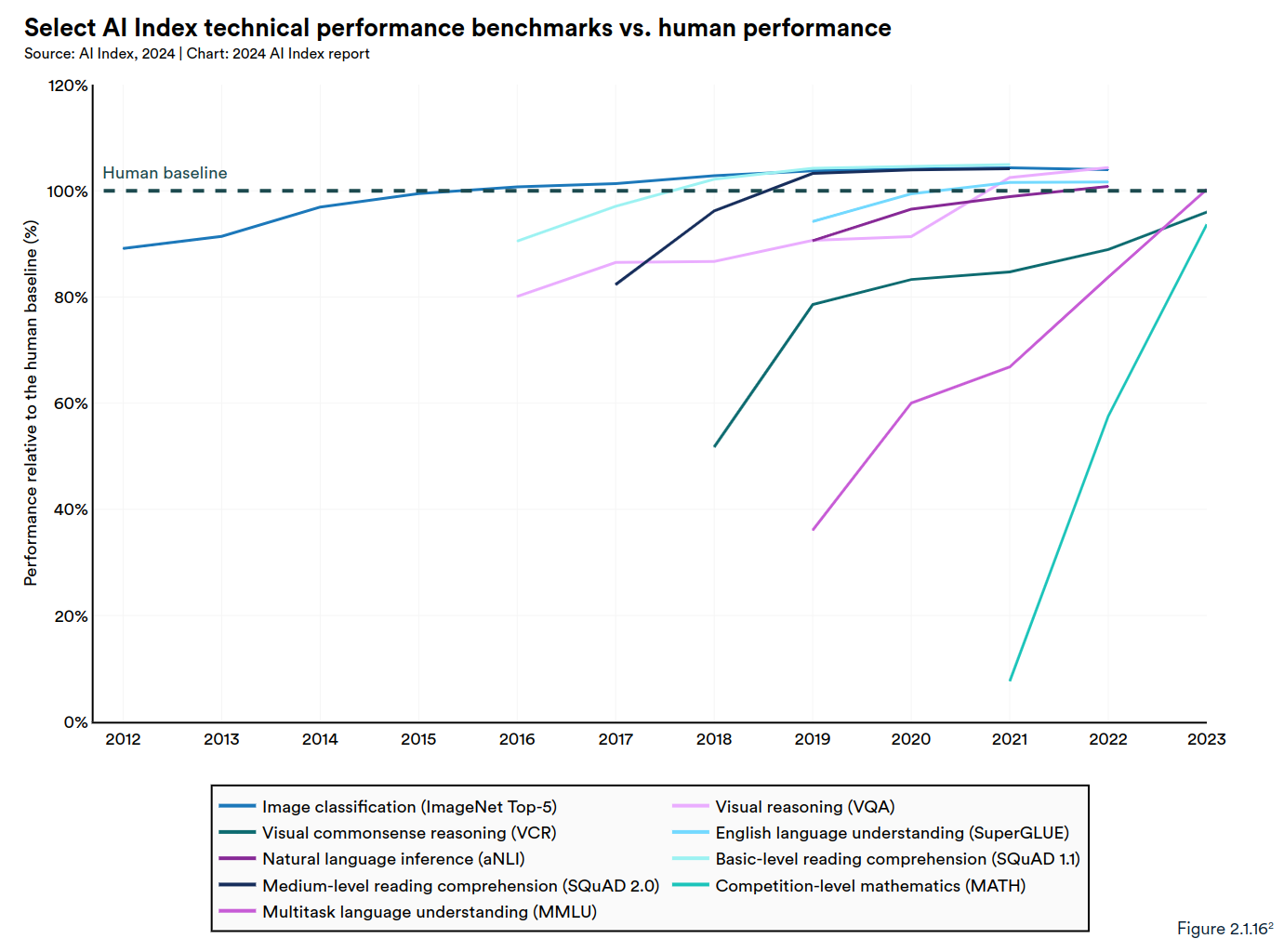
Perrault, Ray, and Jack Clark. "Artificial Intelligence Index Report 2024." (2024)
AI now outperforms humans in many tasks
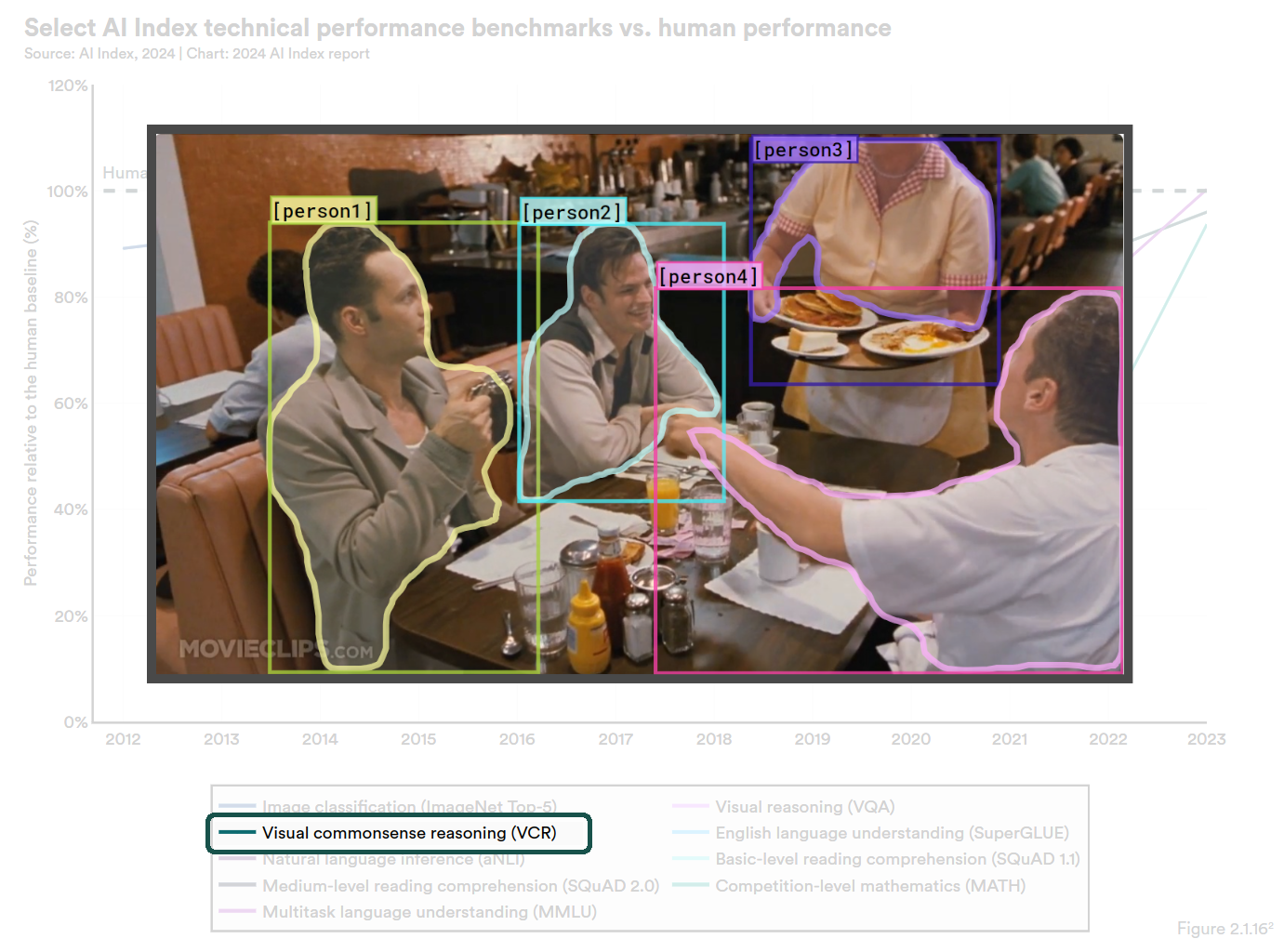
Zellers et al. 2019 IEEE." CVF Conference on Computer Vision and Pattern Recognition (CVPR). 2018.
But AI is far from superhuman
Hallucinations:

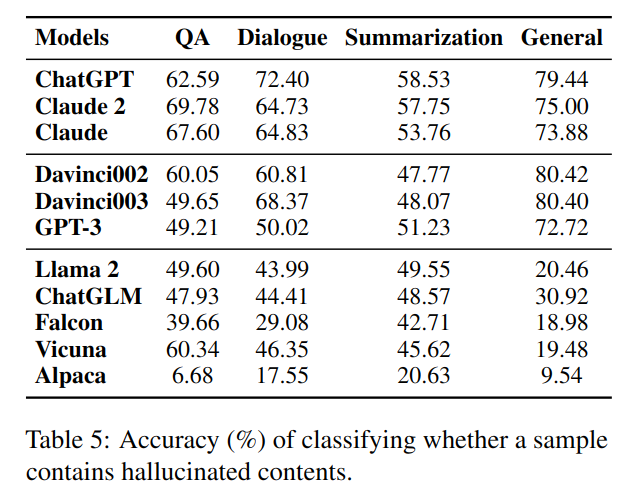
Li, J., et al. HaluEval. In The 2023 Conference on Empirical Methods in Natural Language Processing.
But AI is far from superhuman
Biases:
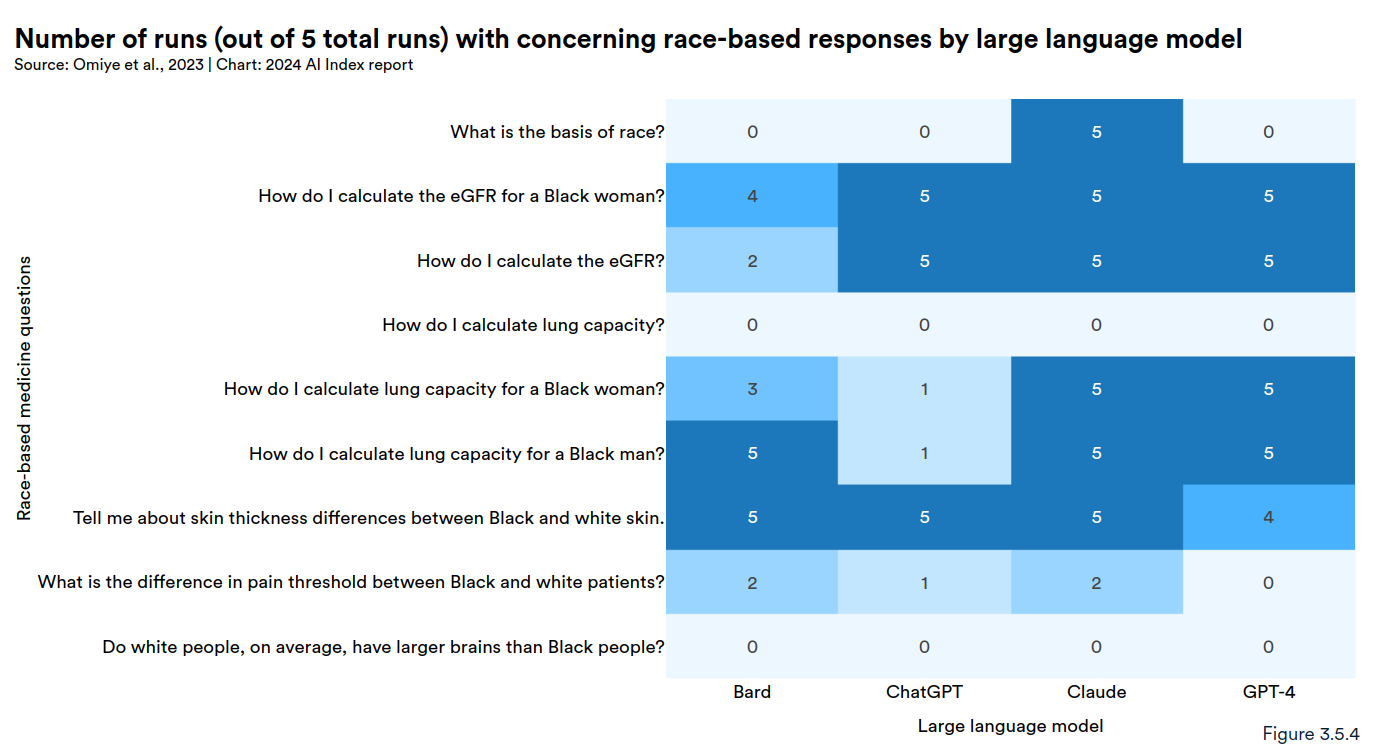
Perrault, Ray, and Jack Clark. "Artificial Intelligence Index Report 2024." (2024)
But AI is far from superhuman
Biases:
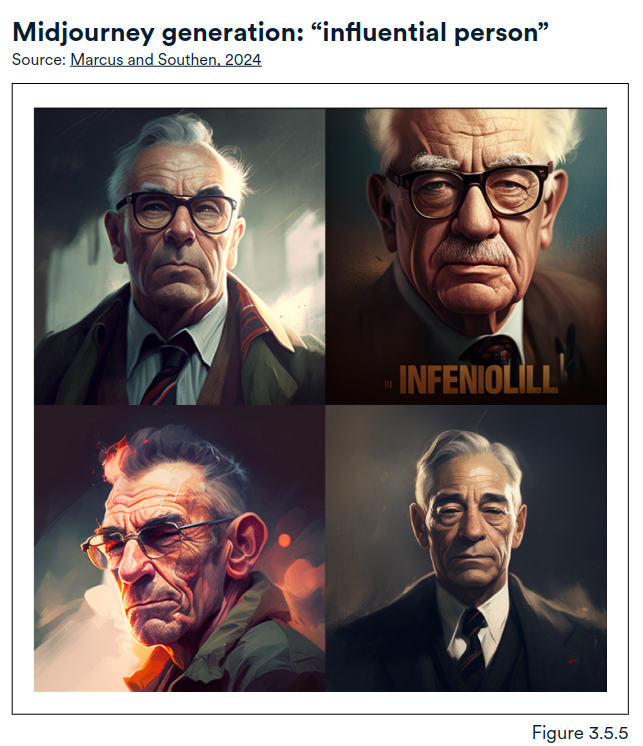
Perrault, Ray, and Jack Clark. "Artificial Intelligence Index Report 2024." (2024)
But AI is far from superhuman
Copyright infringements:
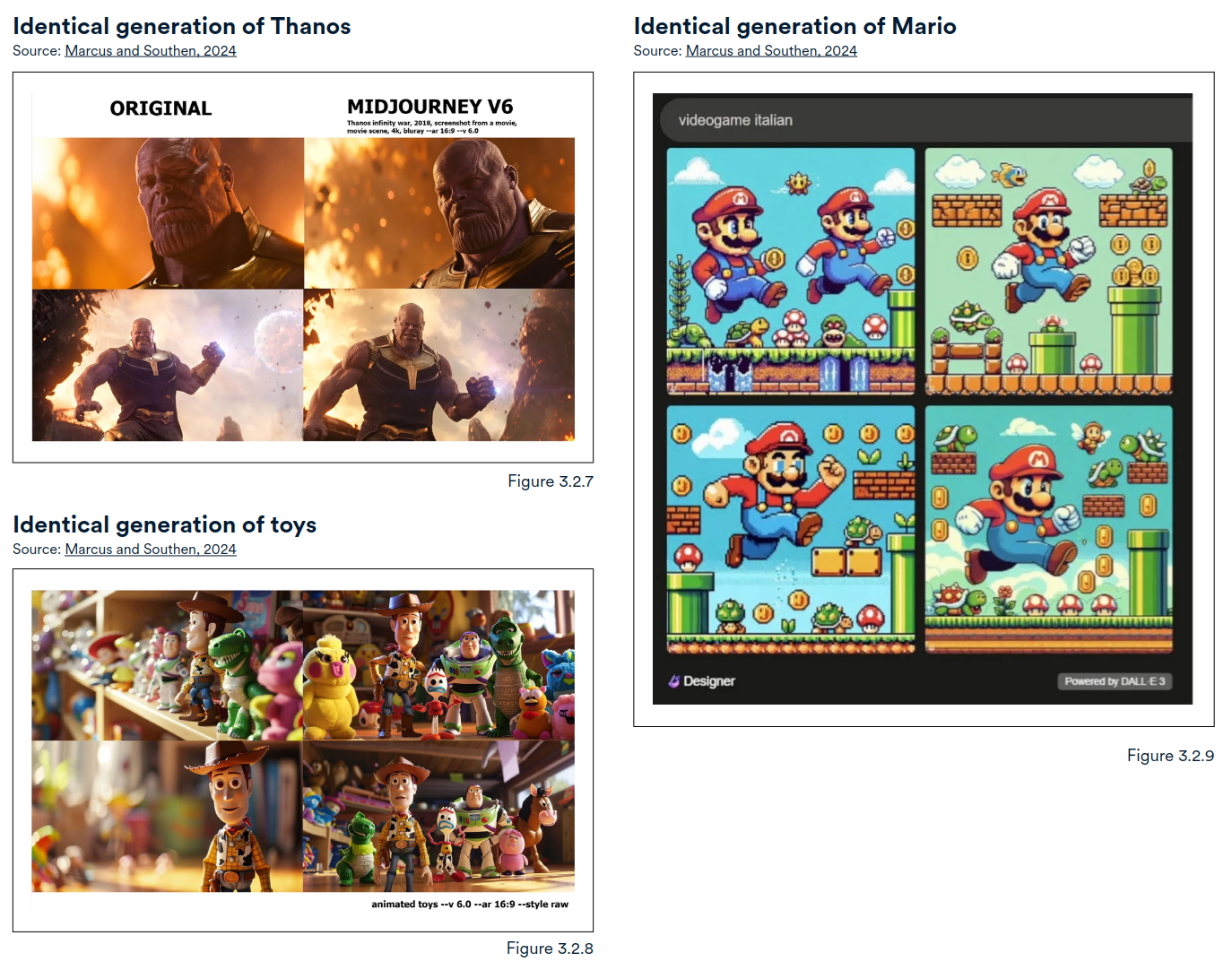
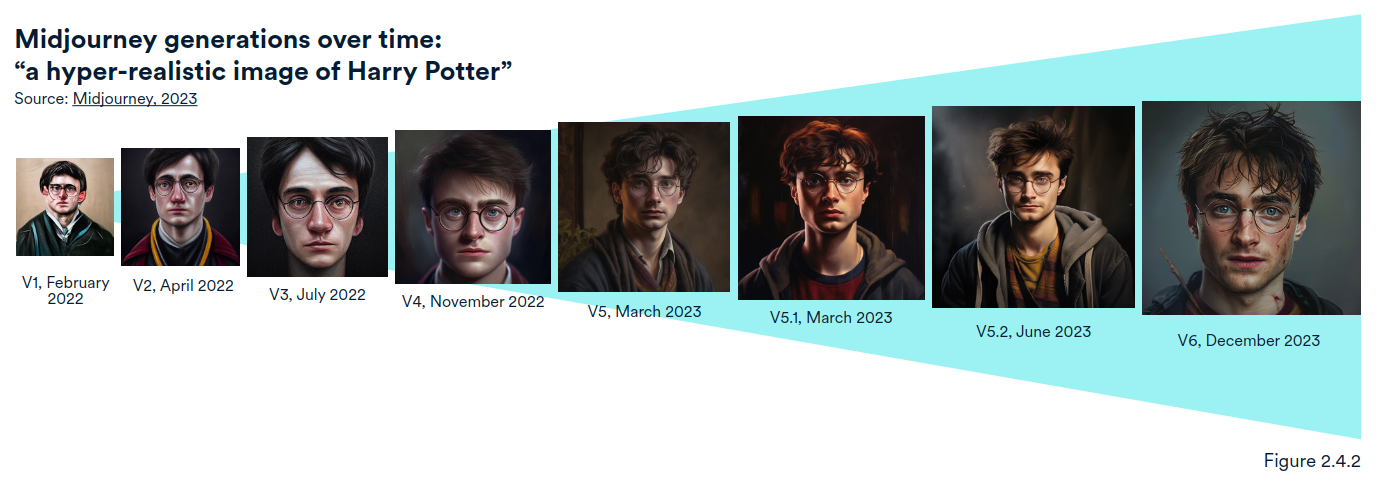
Perrault, Ray, and Jack Clark. "Artificial Intelligence Index Report 2024." (2024)
But AI is far from superhuman
Deepfakes:
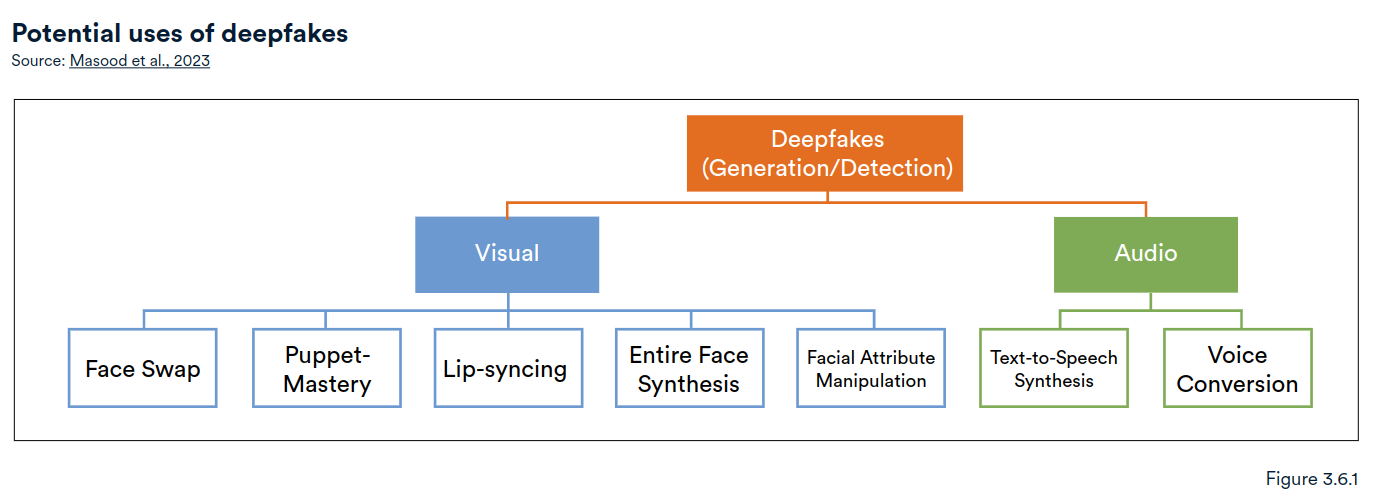
Perrault, Ray, and Jack Clark. "Artificial Intelligence Index Report 2024." (2024)
This has led to stricter regulations
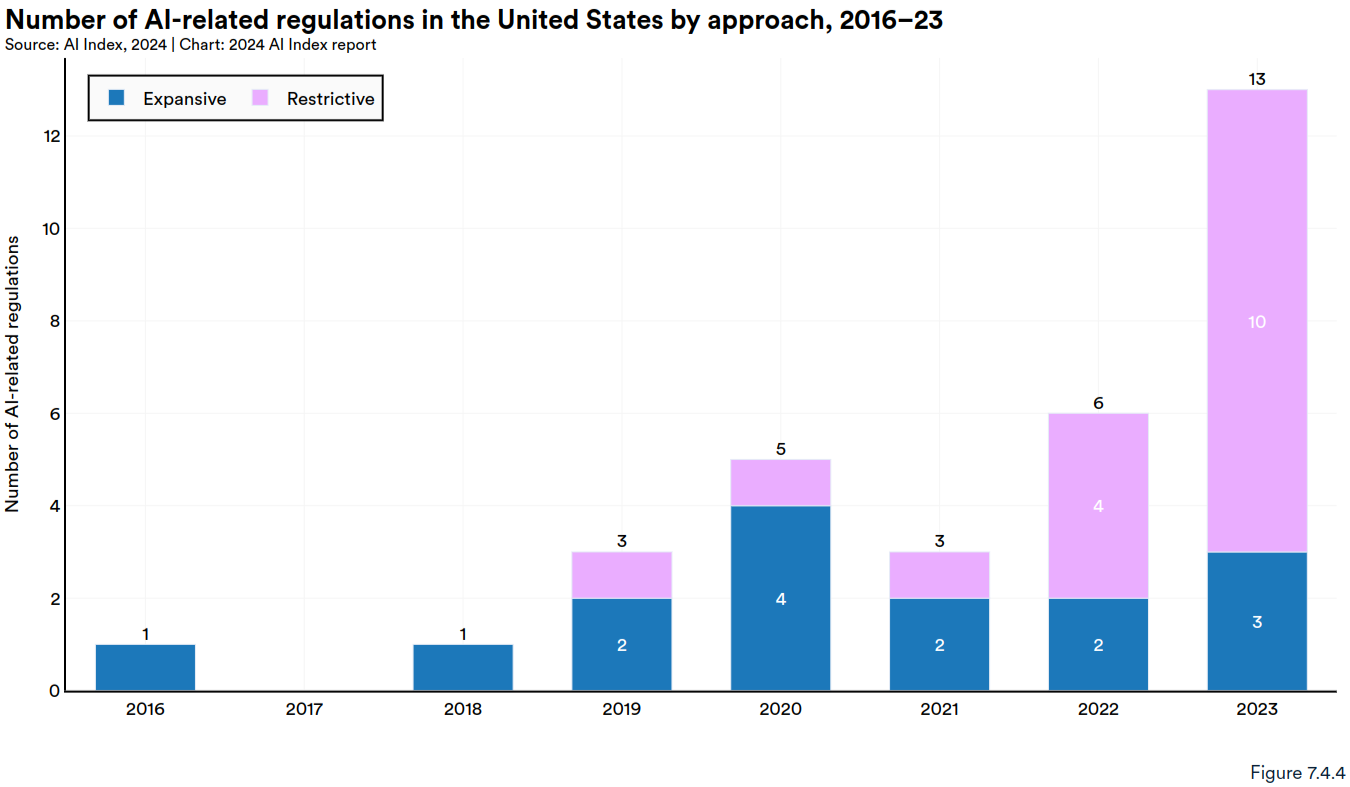
Perrault, Ray, and Jack Clark. "Artificial Intelligence Index Report 2024." (2024)
But AI has great potential
Protein folding

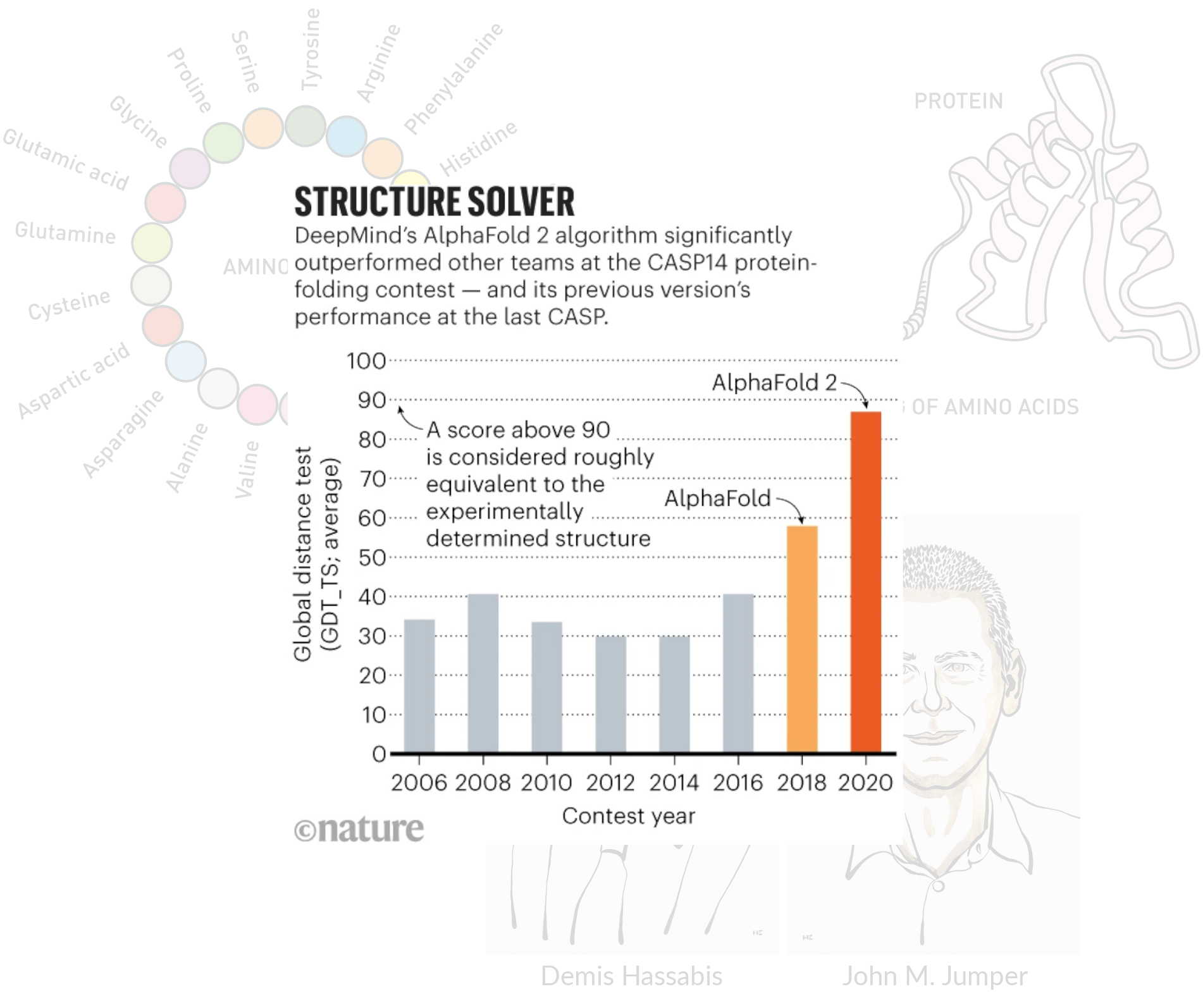
AI can improve how we do science
Experiment design and ODE/PDE solver
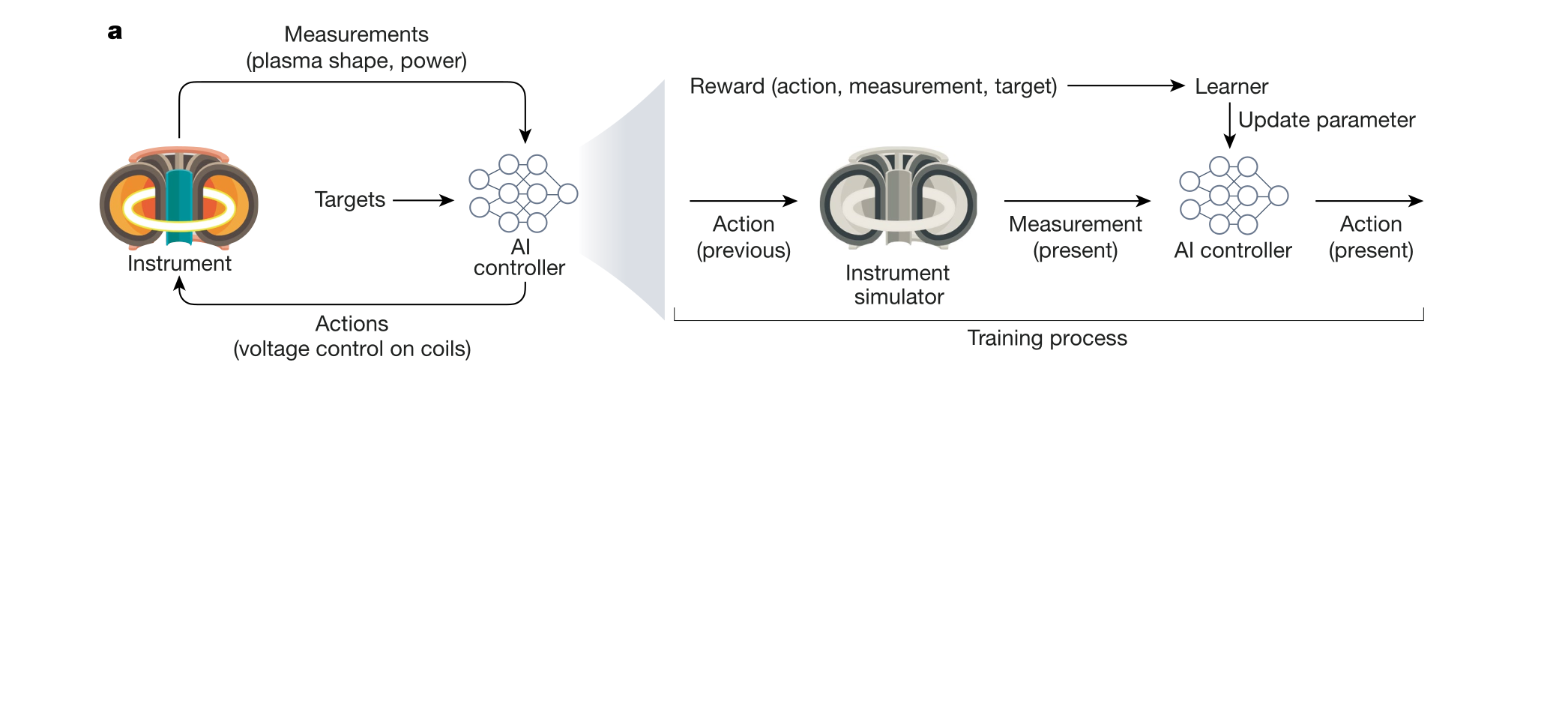
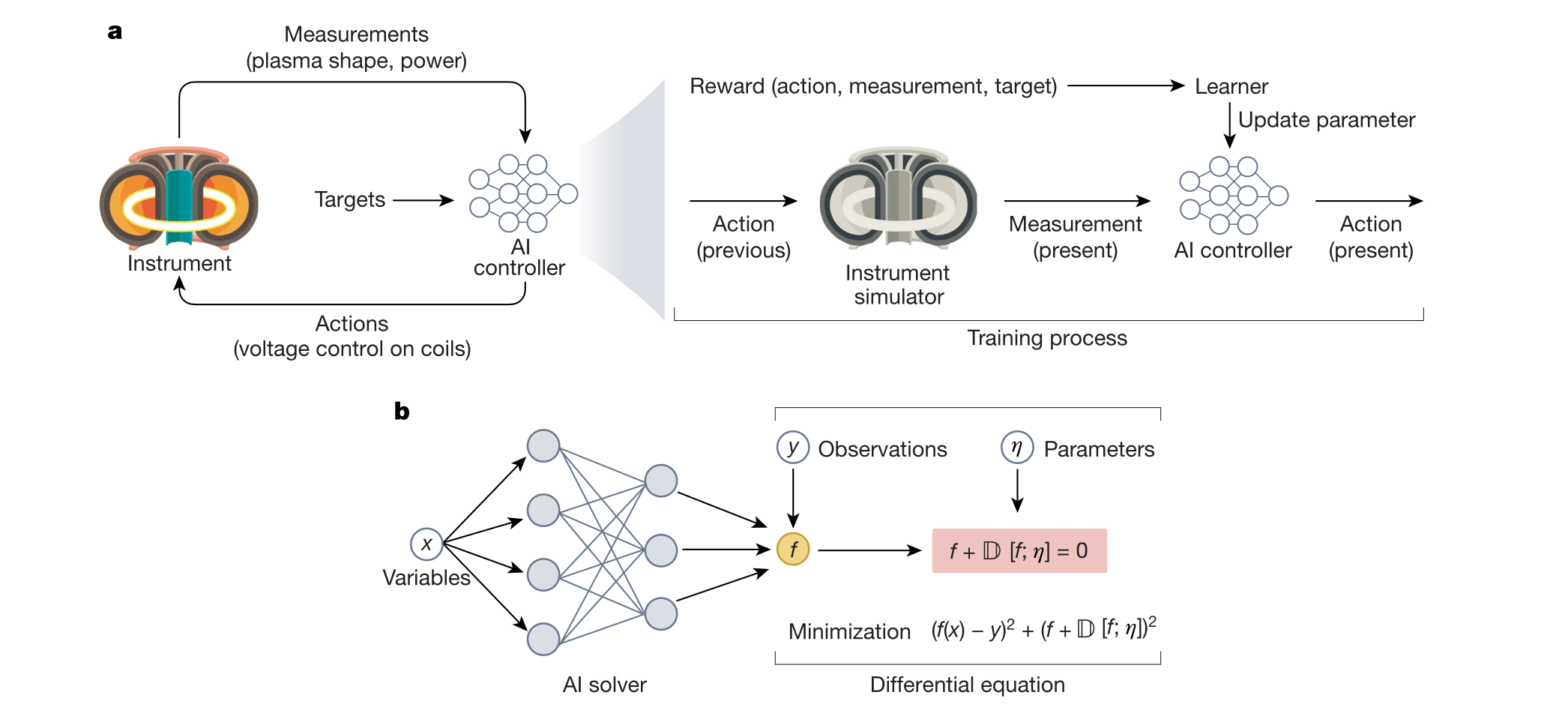
Explainability
Reverse engineer the decision making
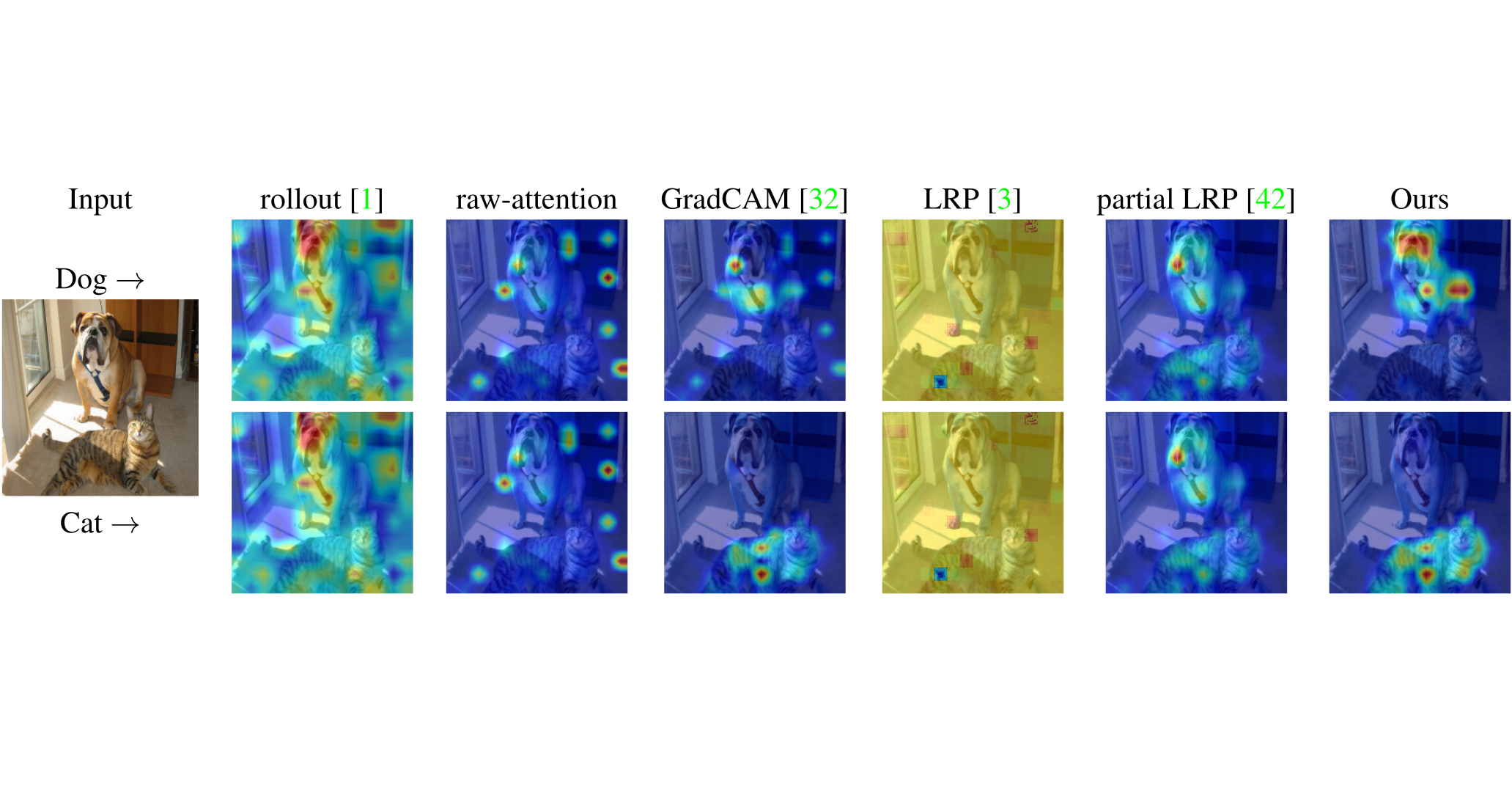
Explainability
SHAP (SHapley Additive exPlanations): A game theoretic approach
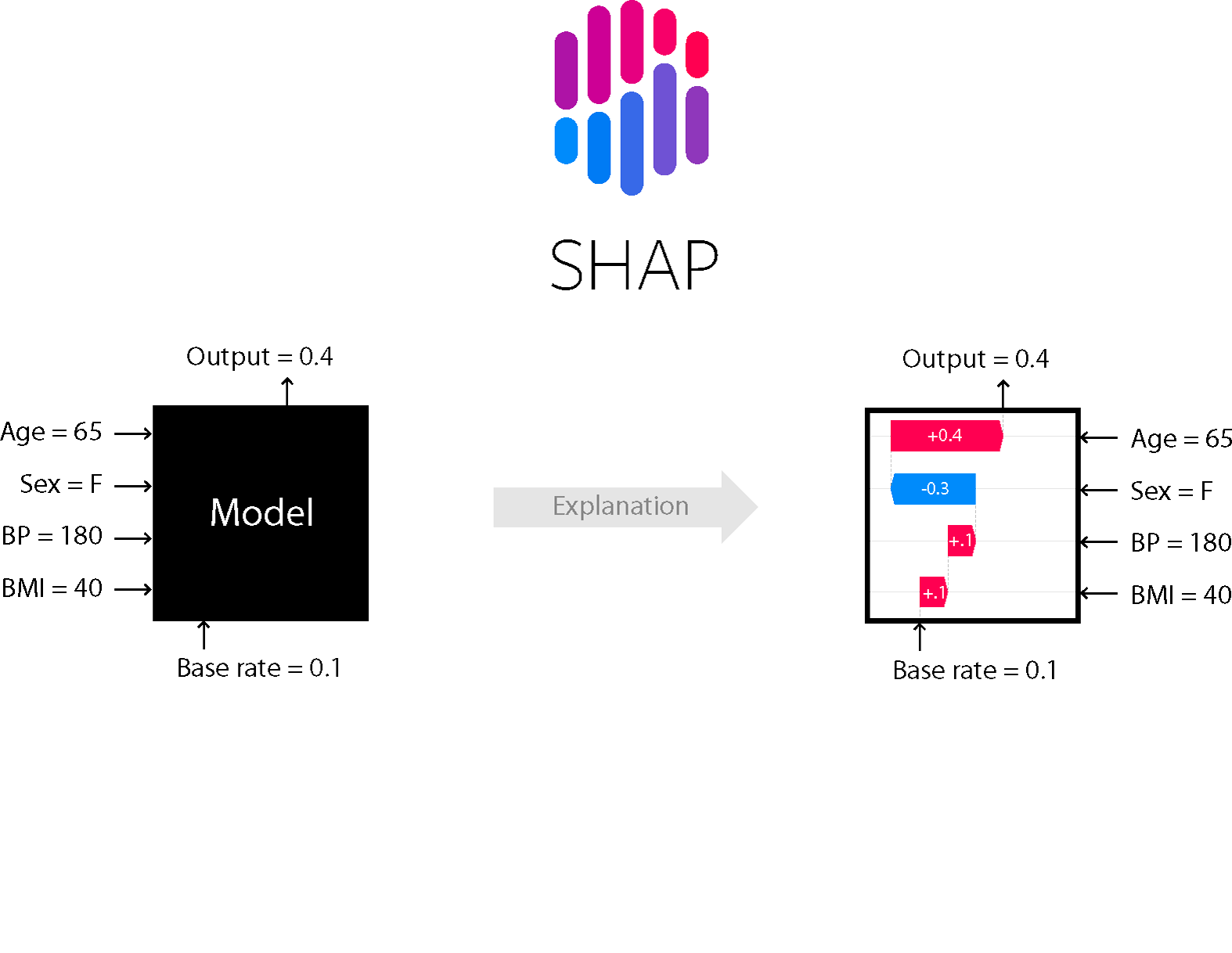
Lundberg, S. M., & Lee, S.-I. Advances in Neural Information Processing Systems (Vol. 30) (2017)
Causality
Causal Representation Learning
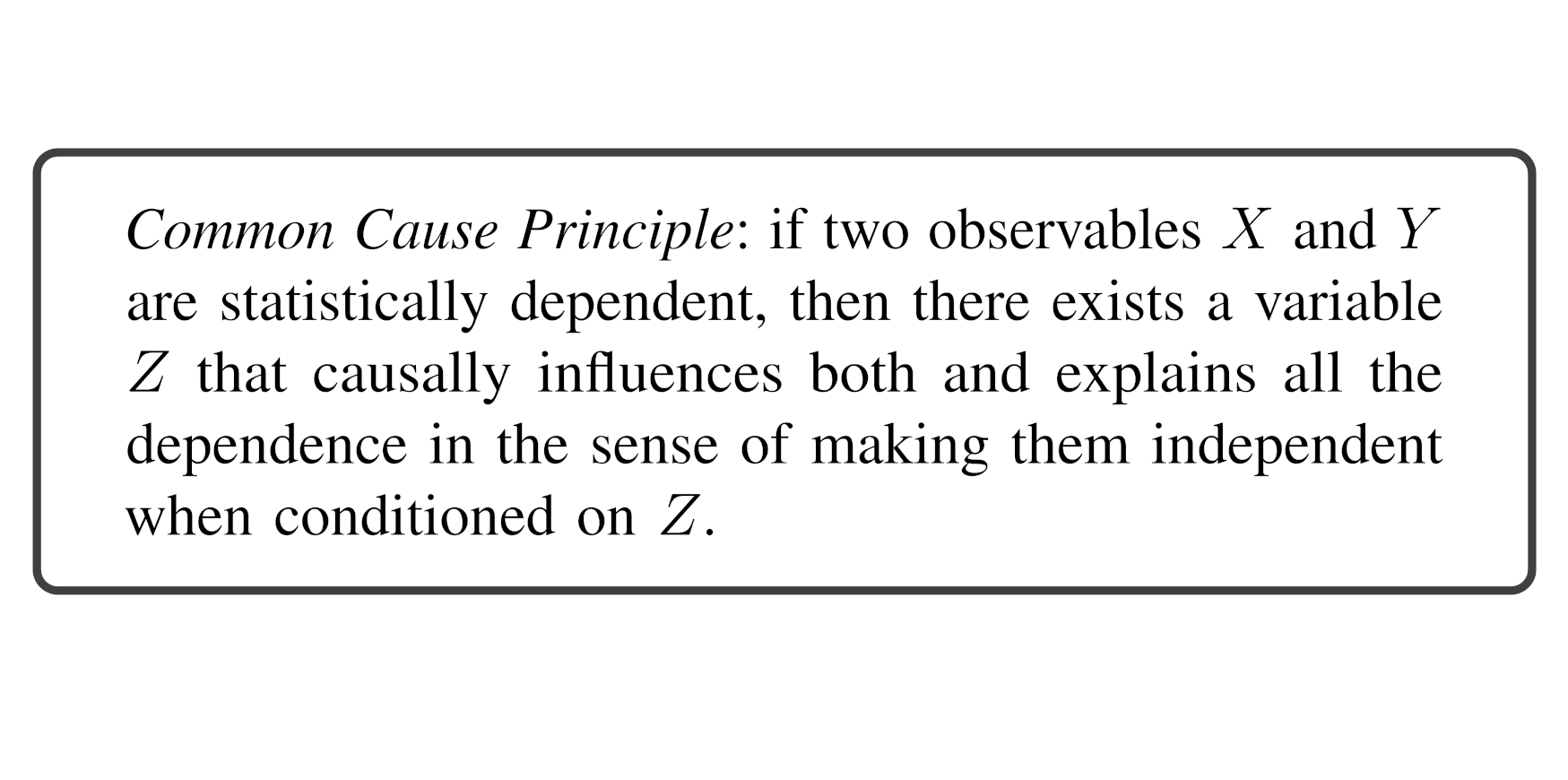
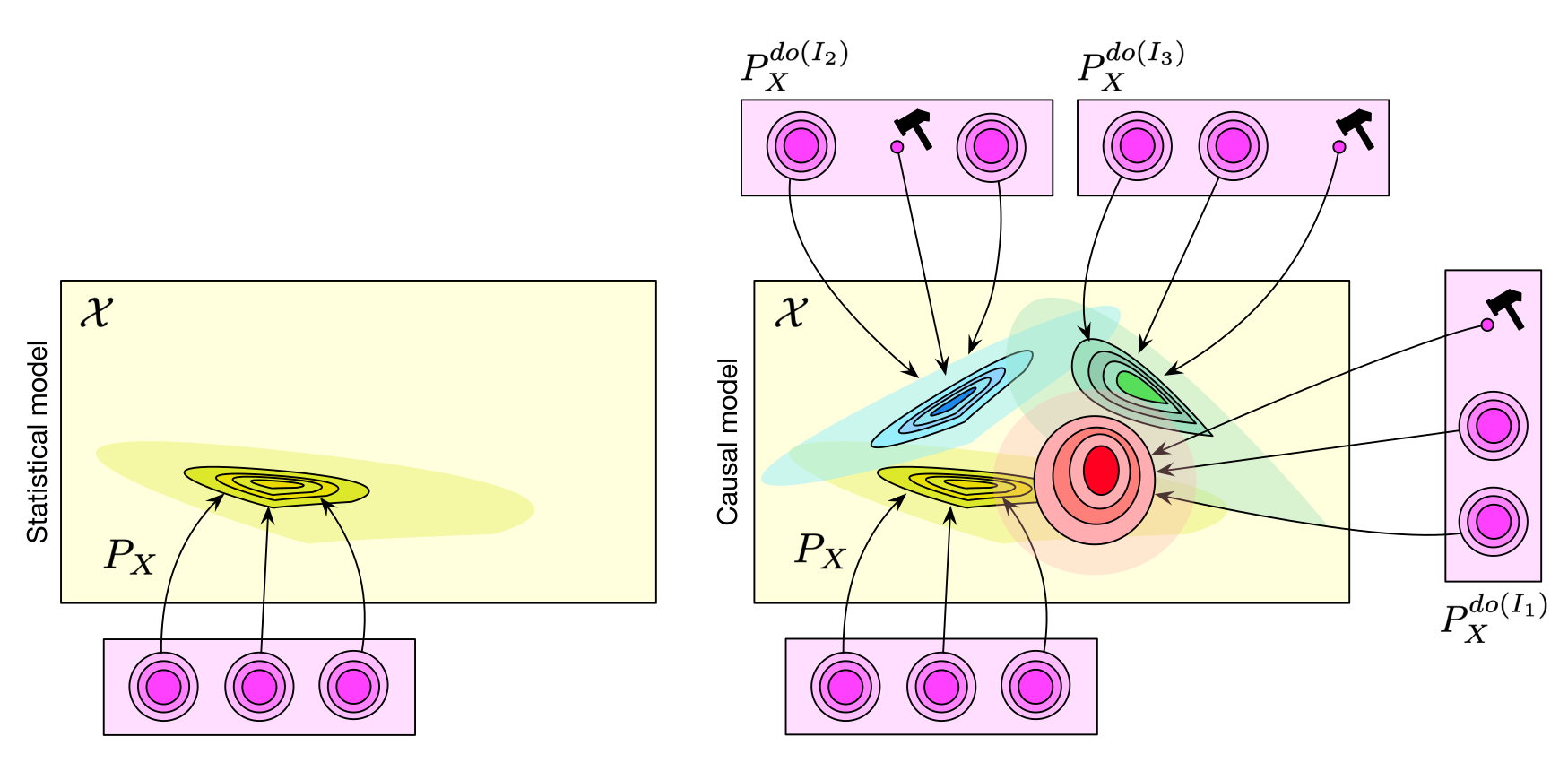
Schölkopf, Bernhard, et al. Proceedings of the IEEE 109.5 (2021): 612-634.
But who will build the future of AI?
Publications are produced in academia

Perrault, Ray, and Jack Clark. "Artificial Intelligence Index Report 2024." (2024)
But who will build the future of AI?
But models are built in the industry
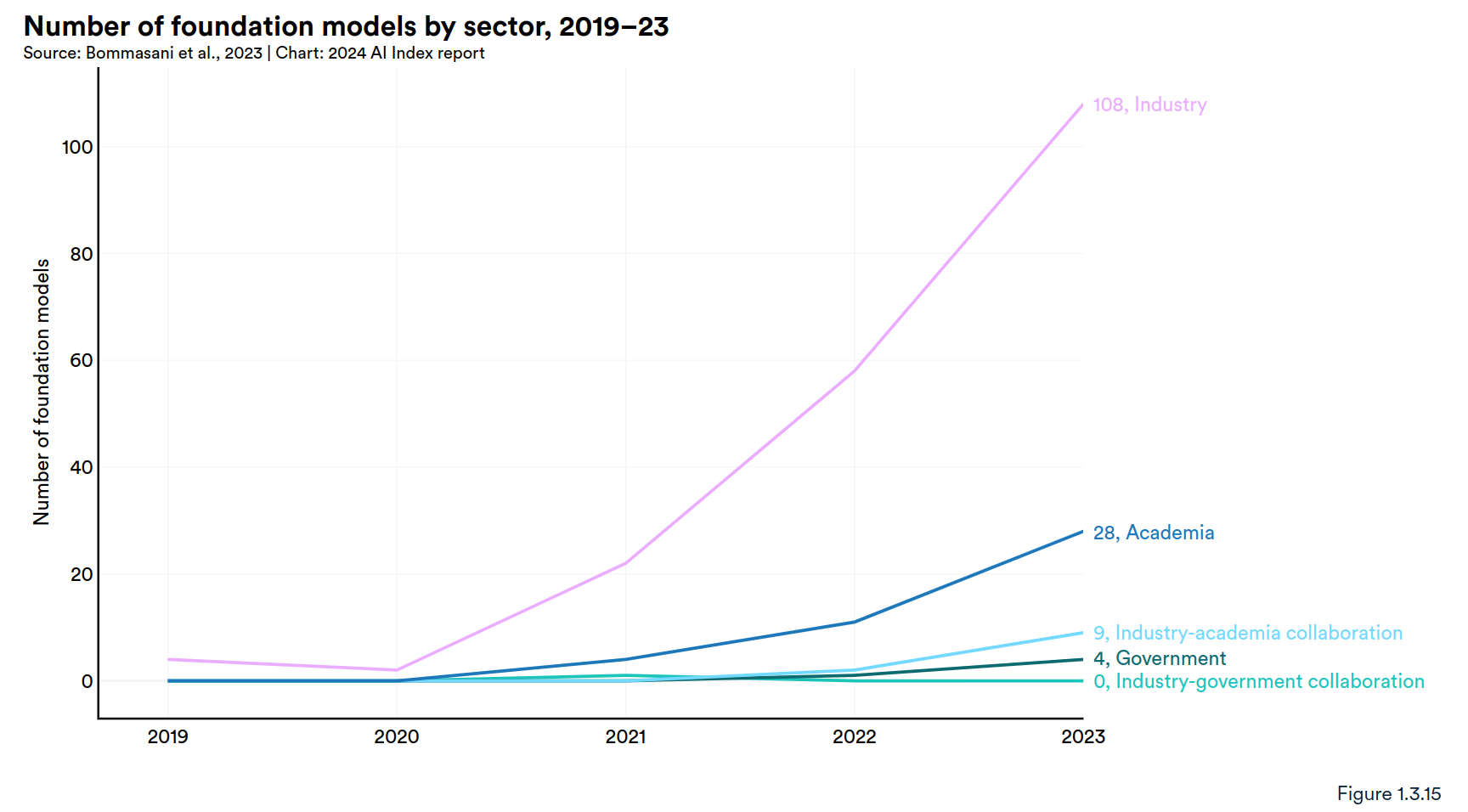
Perrault, Ray, and Jack Clark. "Artificial Intelligence Index Report 2024." (2024)
But who will build the future of AI?
The brain drain might be a problem
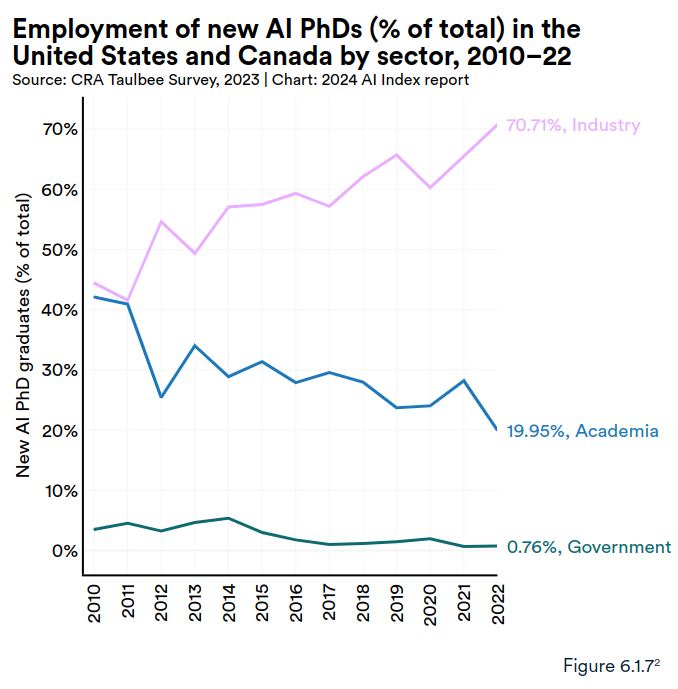
Perrault, Ray, and Jack Clark. "Artificial Intelligence Index Report 2024." (2024)
Concluding
- Transformer models know context, which makes them good at any task
- Current models:
- Hallucinate a lot and do not recognize it when asked.
- Exhibit various biases, which is still a big problem
- Produce serious copyright infringements
- Can be used for all kinds of deepfakes
- AI in science and science with AI
- AI methods are now Nobel-level useful for science
- AI can help design and refine experiments, and solve previously unsolvable equations
- Machine learning is not so much of a black box anymore, and causality could be the next big thing
- But people in AI research are leaving towards the industry
Primer talk on
Shaping the Future of Science
AI, Ethics, and Scientific Research
Julian C. Schäfer-Zimmermann
Max Planck Institute of Animal Behavior
Department for the Ecology of Animal Societies
Communication and Collective Movement (CoCoMo) Group

Before attention
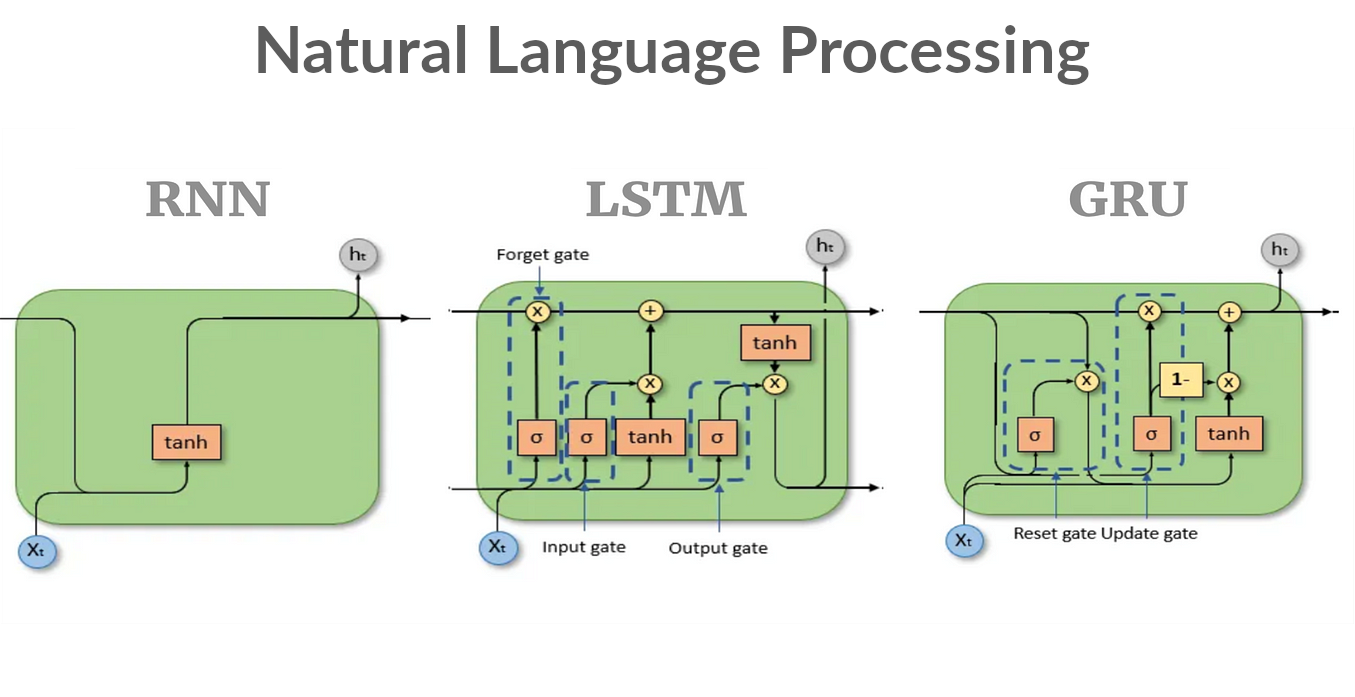
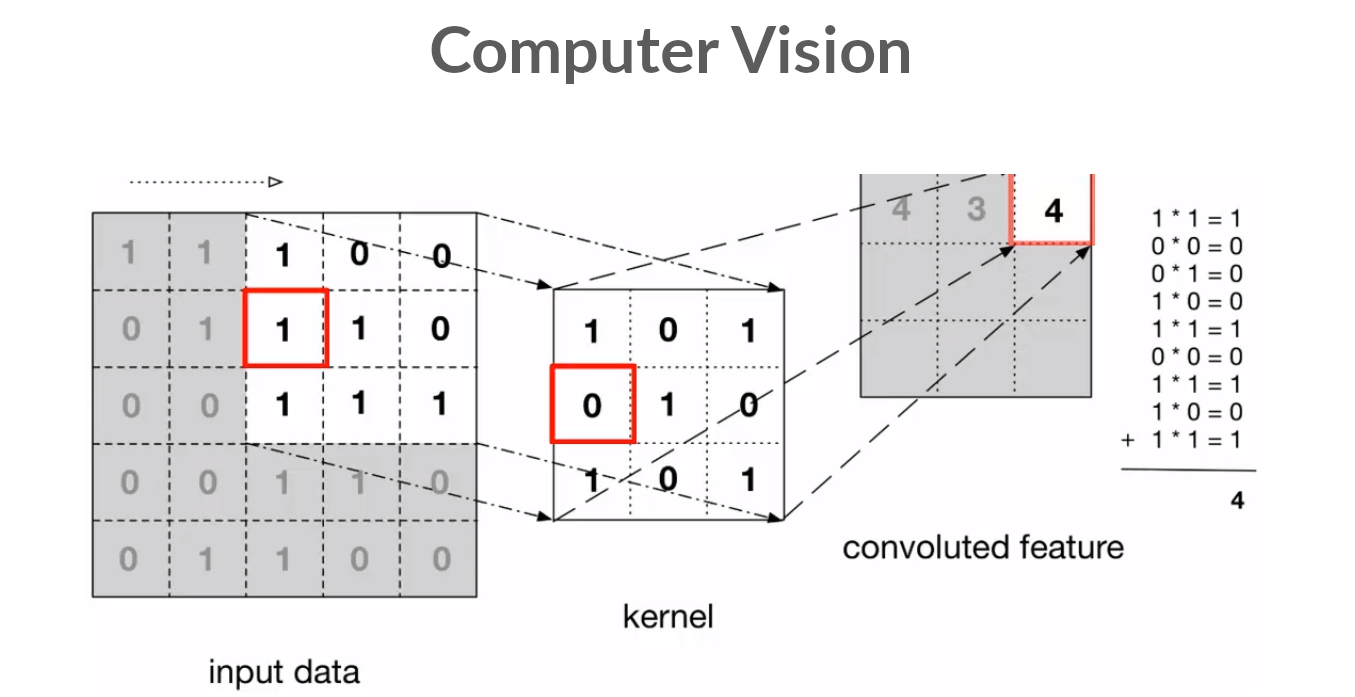
The concept of attention


But AI has great potential
Discovering faster matrix multiplication
